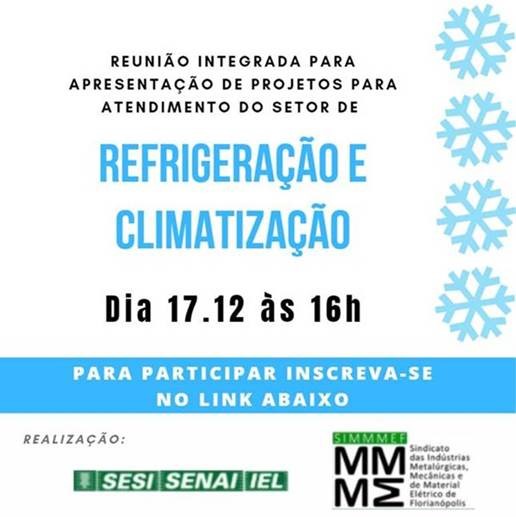Destruir o novo coronavírus no ar para reduzir o risco de contágio parece uma tecnologia futurista? Pois existe (até mais de uma). Esse tipo de solução já está sendo usado por grandes companhias brasileiras, como a mineradora Vale, para acelerar o retorno dos funcionários a escritórios, fábricas e pontos de atendimento, apressando a normalização das operações.
A principal ferramenta é a ionização radiocatalítica. Um pequeno artefato instalado em aparelhos de ar-condicionado emite uma luz ultravioleta germicida que reage com a água e a umidade do ambiente, criando partículas baseadas em oxigênio e hidrogênio que fazem a depuração do ar. “Não se trata de esterilização, porque senão ninguém poderia entrar. A sanitização também tem limites — logo após a realização da limpeza, o local pode voltar a ser contaminado por alguém que chega. Mas a ionização radiocatalítica promove a inativação constante do vírus no ar”, diz Henrique Cury, presidente da Ecoquest, que detém a exclusividade da tecnologia no país e na Colômbia.
Essa solução foi desenvolvida pela americana ActivePure e teve sua eficácia comprovada em novembro pelo laboratório do centro médico da Universidade do Texas, que realiza testes para as Forças Armadas e para os Centros de Controle de Doenças dos Estados Unidos.
A Vale vai usar a tecnologia para a desinfecção interna de 100 vans usadas no transporte de funcionários em Minas Gerais e no Pará. Cerca de 1.000 pessoas circulam, todos os dias, nesses veículos. A Ecoquest também acaba de firmar um contrato (sigiloso) com um grande banco brasileiro para instalar a ferramenta em seus 41 prédios administrativos e está negociando para estender a solução a cerca de 3.000 agências. A tecnologia pode ser usada em prédios inteiros ou apenas em salas selecionadas. Para residências, a Ecoquest vende aparelhos de purificação de ar portáteis.
Efeito Sérgio Motta
A covid-19, que já matou cerca de 190.000 pessoas no Brasil e 1,7 milhão no mundo, tornou essa preocupação urgente, mas antes da pandemia já havia uma discussão importante sobre a qualidade do ar no ambiente de trabalho.
No país, o tema se tornou prioritário para os administradores de espaços corporativos em 1998, quando o então ministro das Comunicações, Sérgio Motta, morreu de infecção respiratória e surgiram especulações de que uma bactéria ou um fungo no sistema de ar condicionado do seu escritório em Brasília havia causado a doença. Mesmo que a relação não tenha sido provada, a morte acabou levando o governo federal a aprimorar a legislação sobre a medição da qualidade do ar em ambientes fechados. A resolução que é seguida atualmente é a de número 9, editada pela Agência Nacional de Vigilância Sanitária (Anvisa) em 2003. Atualmente, a qualidade do ar rende pontos para a obtenção das certificações de edificações sustentáveis Leed e Well.
Cury entrou para o ramo há 14 anos, quando trabalhava na construção civil. “Sempre soube do risco microbiológico em ambientes internos. Naquela época, quase não havia empresas que conheciam as tecnologias; fui abrindo mercado com facão”, afirma. O primeiro salto do negócio se deu na época do surto da gripe H1N1, em 2009. “A atual pandemia foi uma surpresa, claro, mas os especialistas comentavam que havia a possibilidade de um surto assim ocorrer.”
Como resultado, a procura pelo serviço da Ecoquest explodiu. A empresa dobrou de tamanho neste ano e agora tem dez equipes de instalação. “Estamos trabalhando 24 horas por dia, sete dias por semana. Cerca de 85% do nosso negócio agora gira em torno da prevenção ao coronavírus”, diz Cury. Em julho deste ano, o faturamento superou o registrado em 2019.







